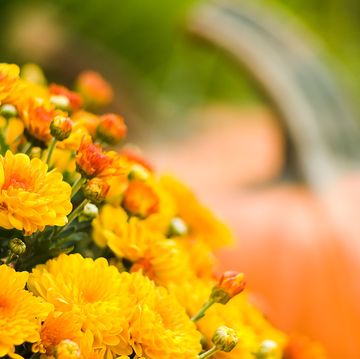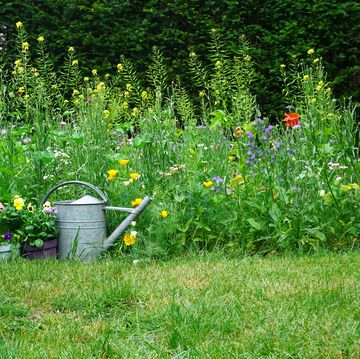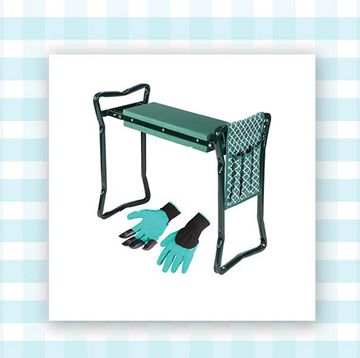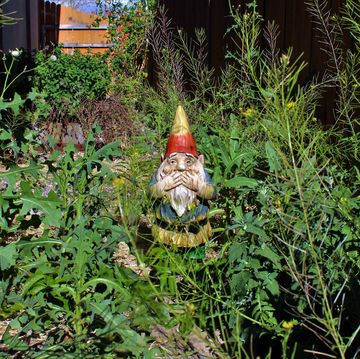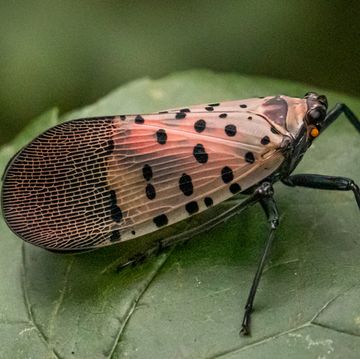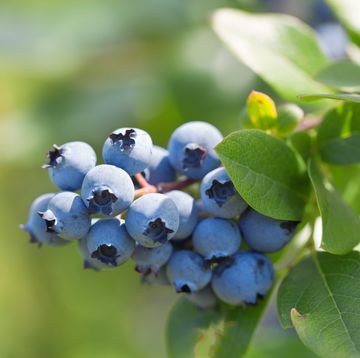Poison hemlock is an invasive plant that grows everywhere in the U.S.. First brought here as an ornamental in the 1800s, poison hemlock (Conium maculatum) is dangerous because even a small amount, if ingested, can be deadly.
Native to Europe, northern Africa and western Asia, it was used in ancient Greece to execute political prisoners. The most famous victim was the philosopher Socrates.
All parts of this plant (leaves, stem, fruit, and root) are toxic when eaten.
Skin irritation also is possible upon contact with the plant.
“Poison hemlock contains alkaloids which cause respiratory distress if ingested,” says Pamela Bennett, associate professor and master gardener program director at Ohio State University. “It’s a huge problem for livestock, such as sheep and cows, who may graze it in a pasture. A small amount is fatal for livestock.”
This plant is a biennial, meaning it takes two years to mature. The first year it grows in a rosette shape, low to the ground, making it difficult to notice.
“But people notice it the second year because it shoots up a stalk 8 or more feet tall, producing white umbrella-shaped flowers and numerous seeds, so it keeps coming back and spreading,” says Bennett.
Here’s everything you need to know about this toxic invasive weed:
Where Do You Find Poison Hemlock?
Poison hemlock prefers moist soils but can be found almost anywhere. It adapts to a variety of conditions, especially areas of disturbed soil. It’s typically found on roadsides, in ditches, on the edges of cultivated land, along creeks, and in agricultural fields. But it also can be found in landscape beds in your yard if the seeds have blown into them.
Interestingly, pollinators such as bees, wasps, flies, moths and butterflies do visit this plant. In fact, it is a host plant for the black swallowtail butterfly. The fruits also may be eaten by water birds.
How Do You Identify Poison Hemlock?
It’s most commonly recognized in its second year when it blooms. Poison hemlock is in the carrot family, so it has fine fern-like foliage. It’s often said to have a musty odor. The flowers appear in late spring, and they have purple-ish spots on the stems. “That’s the identifying feature because several other plants resemble it, such as Queen Anne’s lace, but they do not have the characteristic purple spots on the stems,” says Bennett.
This plant also resembles giant hogweed (Herecleum mantegazzianum), which has white umbrella-like flowers, too. However, giant hogweed grows much taller, maxing out at 15 feet tall by early to mid-summer. The danger of giant hogweed is that it contains furocourmarins in the sap, which can cause skin to be sensitive to UV light. Swelling and blisters may occur, with permanent scarring.
How Do You Get Rid of Poison Hemlock?
It’s easiest to destroy this invasive plant if you catch it the first year, says Bennett. Spray it with a broadleaf herb herbicide, such as glyphosate, 2,4-D +dicamba or 2,4-D +triclopyr.
You can dig up individual plants, too, but make sure to get the entire tap root, which can go at least a foot down, says Bennett. Or cut it back, then spray it again. You will need to treat with herbicide until no more green foliage returns. Do not compost this plant; dispose of it in the trash.
Also, because it may cause skin irritation, always make sure to wear the proper protective clothing, such as long pants, long sleeves and gloves if you are string trimming or weeding in an area where you suspect you have poison hemlock. Finally, never burn this plant, which may cause injury if you inhale the fumes.
Arricca Elin SanSone has written about health and lifestyle topics for Prevention, Country Living, Woman's Day, and more. She’s passionate about gardening, baking, reading, and spending time with the people and dogs she loves.



